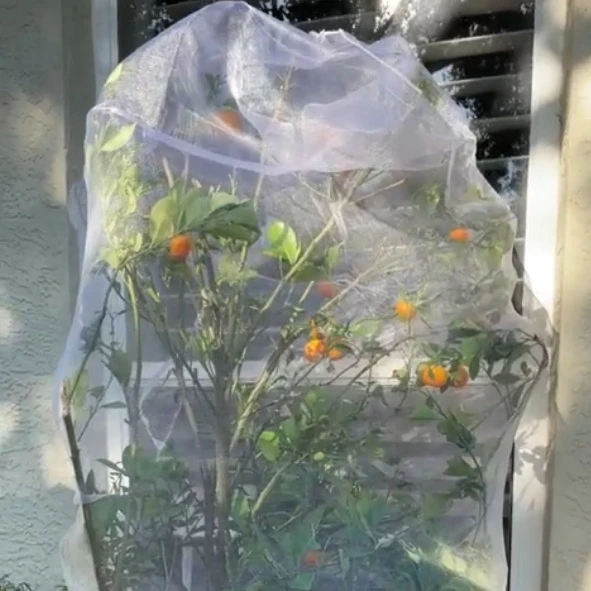-
 Afrikaans
Afrikaans -
 Albanian
Albanian -
 Amharic
Amharic -
 Arabic
Arabic -
 Armenian
Armenian -
 Azerbaijani
Azerbaijani -
 Basque
Basque -
 Belarusian
Belarusian -
 Bengali
Bengali -
 Bosnian
Bosnian -
 Bulgarian
Bulgarian -
 Catalan
Catalan -
 Cebuano
Cebuano -
 China
China -
 Corsican
Corsican -
 Croatian
Croatian -
 Czech
Czech -
 Danish
Danish -
 Dutch
Dutch -
 English
English -
 Esperanto
Esperanto -
 Estonian
Estonian -
 Finnish
Finnish -
 French
French -
 Frisian
Frisian -
 Galician
Galician -
 Georgian
Georgian -
 German
German -
 Greek
Greek -
 Gujarati
Gujarati -
 Haitian Creole
Haitian Creole -
 hausa
hausa -
 hawaiian
hawaiian -
 Hebrew
Hebrew -
 Hindi
Hindi -
 Miao
Miao -
 Hungarian
Hungarian -
 Icelandic
Icelandic -
 igbo
igbo -
 Indonesian
Indonesian -
 irish
irish -
 Italian
Italian -
 Japanese
Japanese -
 Javanese
Javanese -
 Kannada
Kannada -
 kazakh
kazakh -
 Khmer
Khmer -
 Rwandese
Rwandese -
 Korean
Korean -
 Kurdish
Kurdish -
 Kyrgyz
Kyrgyz -
 Lao
Lao -
 Latin
Latin -
 Latvian
Latvian -
 Lithuanian
Lithuanian -
 Luxembourgish
Luxembourgish -
 Macedonian
Macedonian -
 Malgashi
Malgashi -
 Malay
Malay -
 Malayalam
Malayalam -
 Maltese
Maltese -
 Maori
Maori -
 Marathi
Marathi -
 Mongolian
Mongolian -
 Myanmar
Myanmar -
 Nepali
Nepali -
 Norwegian
Norwegian -
 Norwegian
Norwegian -
 Occitan
Occitan -
 Pashto
Pashto -
 Persian
Persian -
 Polish
Polish -
 Portuguese
Portuguese -
 Punjabi
Punjabi -
 Romanian
Romanian -
 Russian
Russian -
 Samoan
Samoan -
 Scottish Gaelic
Scottish Gaelic -
 Serbian
Serbian -
 Sesotho
Sesotho -
 Shona
Shona -
 Sindhi
Sindhi -
 Sinhala
Sinhala -
 Slovak
Slovak -
 Slovenian
Slovenian -
 Somali
Somali -
 Spanish
Spanish -
 Sundanese
Sundanese -
 Swahili
Swahili -
 Swedish
Swedish -
 Tagalog
Tagalog -
 Tajik
Tajik -
 Tamil
Tamil -
 Tatar
Tatar -
 Telugu
Telugu -
 Thai
Thai -
 Turkish
Turkish -
 Turkmen
Turkmen -
 Ukrainian
Ukrainian -
 Urdu
Urdu -
 Uighur
Uighur -
 Uzbek
Uzbek -
 Vietnamese
Vietnamese -
 Welsh
Welsh -
 Bantu
Bantu -
 Yiddish
Yiddish -
 Yoruba
Yoruba -
 Zulu
Zulu
Using Netting Techniques to Safeguard Crops from Bird Damage and Enhance Agricultural Yields
Netting to Prevent Birds An Effective Solution for Protecting Crops
Birds can be both a blessing and a curse in agricultural settings. While they play a critical role in the ecosystem by controlling pests and pollinating plants, they can also pose significant threats to crops, leading to substantial losses for farmers. To mitigate the damage caused by birds, many agricultural producers have turned to netting as a practical and efficient preventive measure. In this article, we will explore the benefits of using bird netting, the different types available, and best practices for implementation.
Understanding Bird Damage
Birds such as sparrows, crows, and starlings often flock to fields of ripe fruits, vegetables, and grains. The sight of a large influx of birds can be alarming for farmers, as they can consume or spoil vast quantities of produce in a short period. This not only leads to direct losses in crop yield but can also result in long-term effects on the farm's profitability and sustainability.
The Role of Netting
To combat the negative impact of birds, netting has emerged as one of the most effective solutions. Bird netting is typically made from lightweight, durable materials that are designed to allow sunlight and moisture to reach plants while preventing birds from accessing crops. The primary objective of bird netting is to create a physical barrier that deters birds from landing on or pecking at vulnerable crops.
Types of Bird Netting
There are various types of bird netting available on the market, each suited for different agricultural applications
1. Fruits and Vegetable Netting This type of netting is commonly used for crops like fruits—such as grapes, cherries, and strawberries—and vegetables. It is usually made from polyethylene or nylon and comes in different mesh sizes to accommodate various bird species.
2. Garden and Orchard Netting For gardens and orchards, larger nets can cover entire areas, providing protection against bird infestations. These nets often feature UV protection, ensuring longevity and durability.
netting to prevent birds

3. Permanent and Semi-Permanent Structures In more extensive agricultural operations, farmers may opt for permanent or semi-permanent netting structures. These systems can be more expensive to install but provide long-lasting protection and ease of operation.
Implementation Best Practices
For bird netting to be effective, it’s crucial to implement it correctly. Here are some best practices to consider
- Timely Installation Netting should be installed before birds begin to harvest crops, particularly during peak feeding times, which can vary seasonally.
- Secure the Edges Ensure that the edges of the netting are well-secured to ground stakes or weighted down to prevent birds from entering through gaps.
- Proper Tension Avoid sagging or excessive tension in the netting. It should be taut enough to keep birds out but flexible enough to withstand wind and rain.
- Regular Inspections Farmers should regularly check the netting for any damage, tears, or gaps and repair them immediately to ensure continued protection.
Conclusion
Bird netting represents a practical and environmentally friendly solution for protecting crops from avian damage. By understanding the types of netting available and following best practices for implementation, farmers can safeguard their investments and improve yields significantly. Ultimately, employing netting not only benefits individual farms but also contributes to a more sustainable approach to agriculture, protecting resources and ensuring food for future generations. As agriculture evolves, the use of netting to prevent birds will likely continue to be an essential tool in the farmer's arsenal against wildlife.
-
Shipping Plastic Bags for Every NeedNewsJul.24,2025
-
Safety Netting: Your Shield in ConstructionNewsJul.24,2025
-
Plastic Mesh Netting for Everyday UseNewsJul.24,2025
-
Nylon Netting for Every UseNewsJul.24,2025
-
Mesh Breeder Box for Fish TanksNewsJul.24,2025
-
Expanded Steel Mesh Offers Durable VersatilityNewsJul.24,2025











